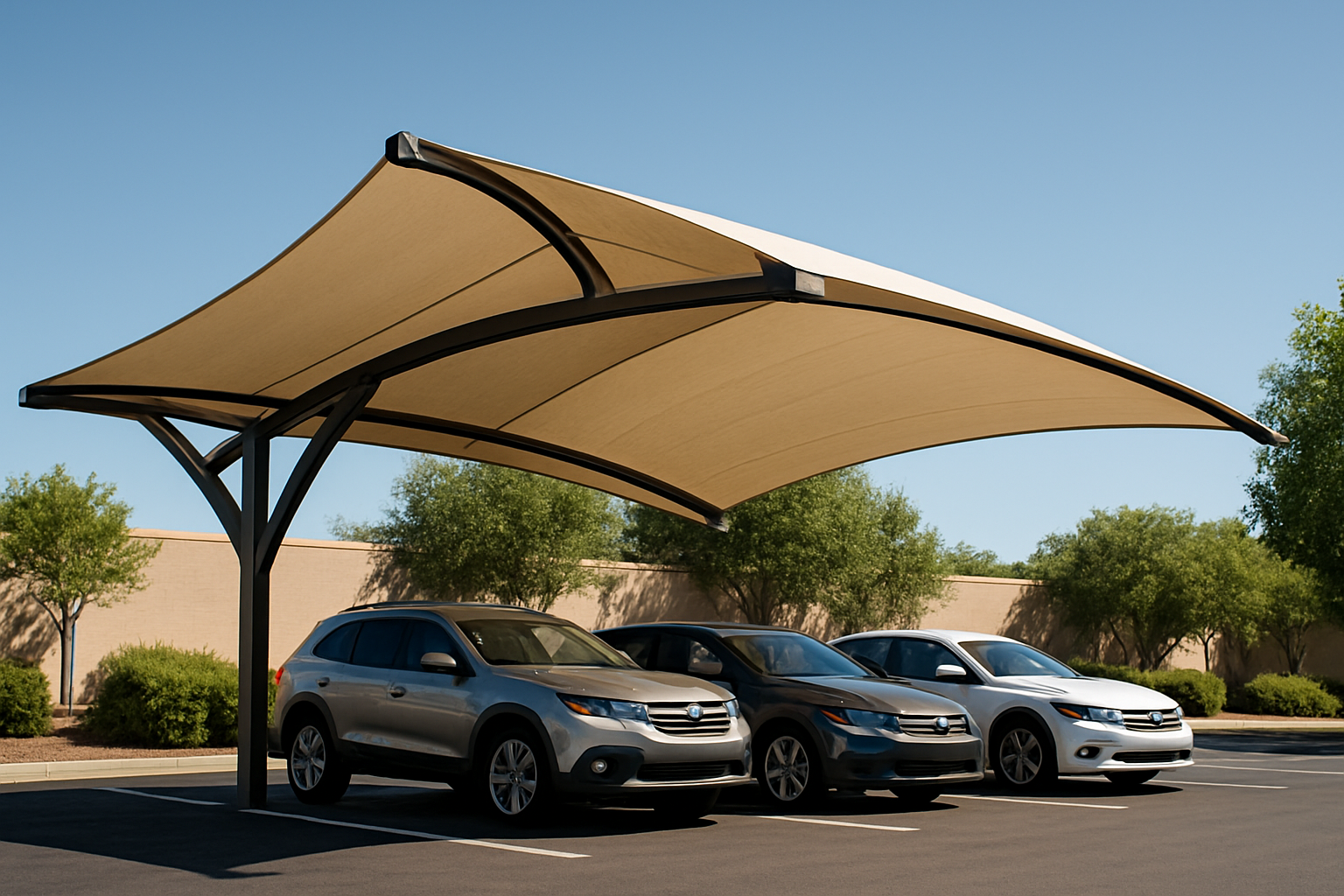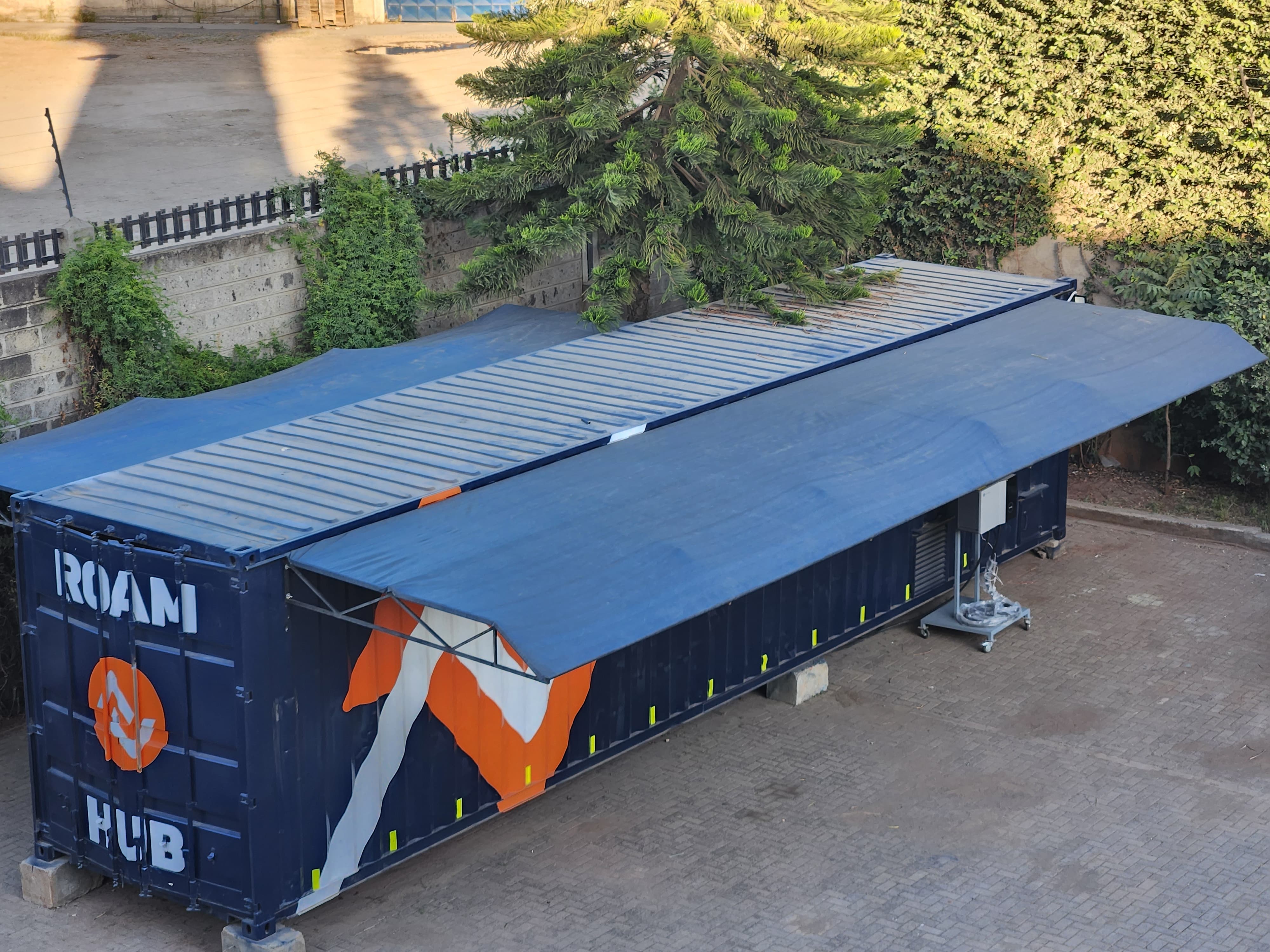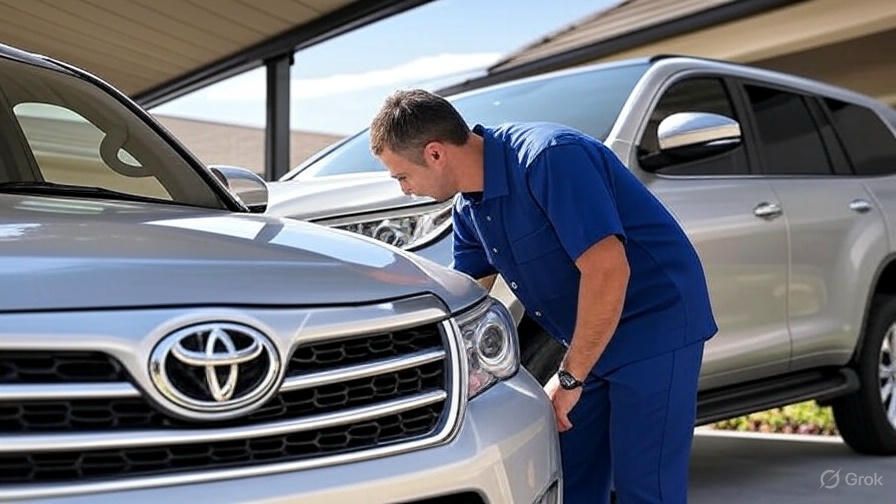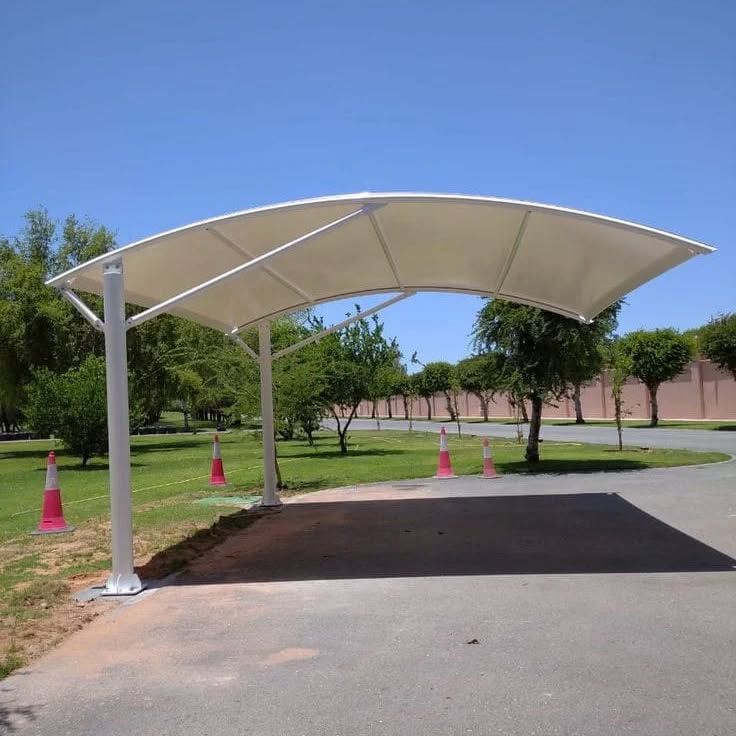Insights
Understanding Shade Materials

Fred
1 min read

Insights

1 min read

When installing a car shade structure, one of the most important decisions is choosing the right material. The material not only determines the durability and performance of the shade but also influences aesthetics, cost, and maintenance. In this article, we’ll explore the most common materials used in car shade structures and what makes each one unique.
Overview: A woven plastic material known for its strength, flexibility, and UV protection.
Benefits:
Ideal for: Residential carports, playgrounds, and parking lots where airflow and sun protection are priorities.
Overview: A polyester base coated with PVC, giving it a smooth, waterproof surface.
Benefits:
Ideal for: Commercial and high-end residential installations that require complete weather protection.
Overview: A rigid, transparent or translucent thermoplastic used for roofing.
Benefits:
Ideal for: Semi-permanent structures with architectural appeal, like canopies or pergola-style carports.
Note: While not a shade material, the frame is crucial. Most car shade structures use powder-coated steel or aluminum due to their strength and weather resistance.
Steel: Durable and cost-effective, often used for larger spans.
Aluminum: Lighter and corrosion-resistant, ideal for coastal or humid areas.
Overview: Often found in DIY or budget car shade kits.
Benefits:
Limitations:
When selecting a material for your car shade, consider the following:
For most environments, HDPE and PVC-coated fabrics offer the best balance between functionality and longevity.
Understanding shade materials is key to making an informed investment in your vehicle’s protection. Whether you're focused on durability, cost, or aesthetics, the right material will ensure your car shade is built to last—and look good doing it.
Find answers to common questions about our car shade structures and installation services.
Blog
Stay informed about car shade solutions.

Explore our reviews of the best car shade options available to help you make an informed purchase.

June 4, 2025

Keep your shade in top condition with these maintenance tips to ensure longevity, safety, and consistent performance.

June 4, 2025

Stay informed about the newest innovations in car shade technology.

June 4, 2025